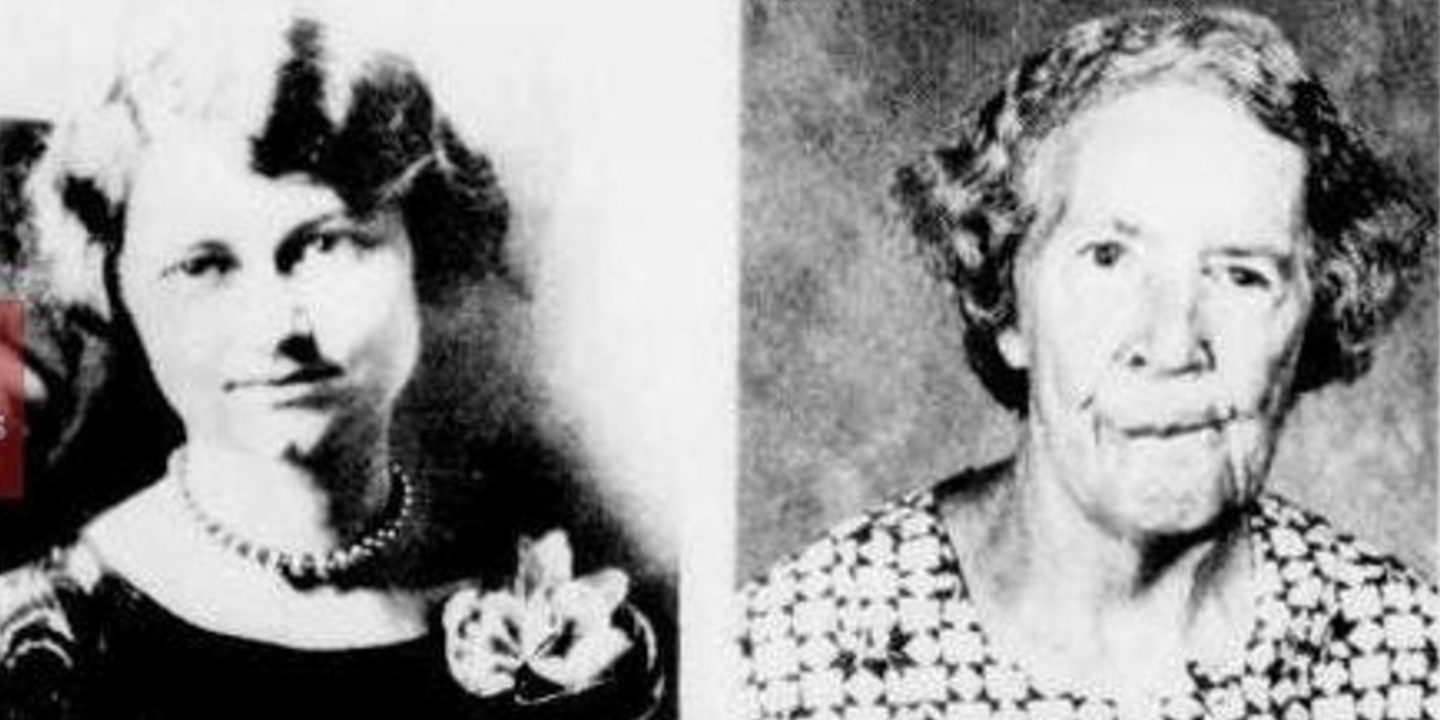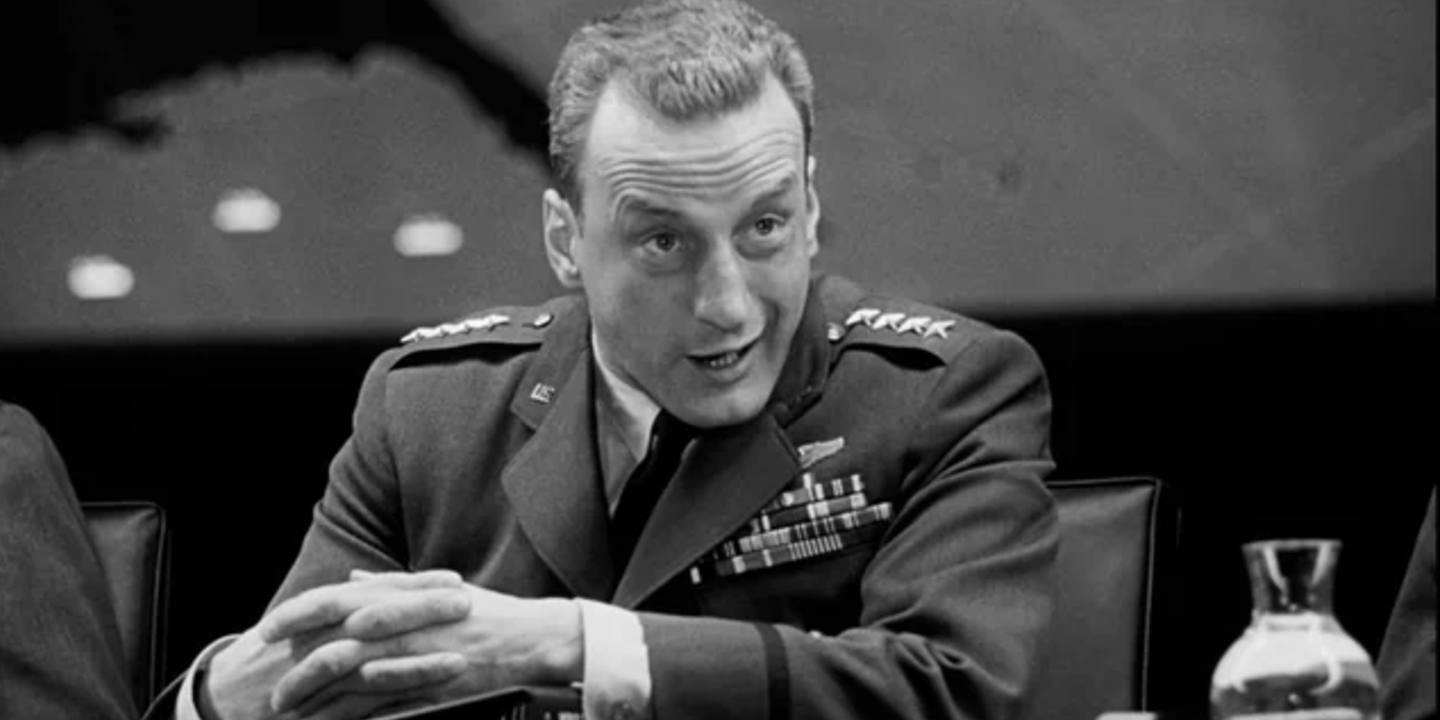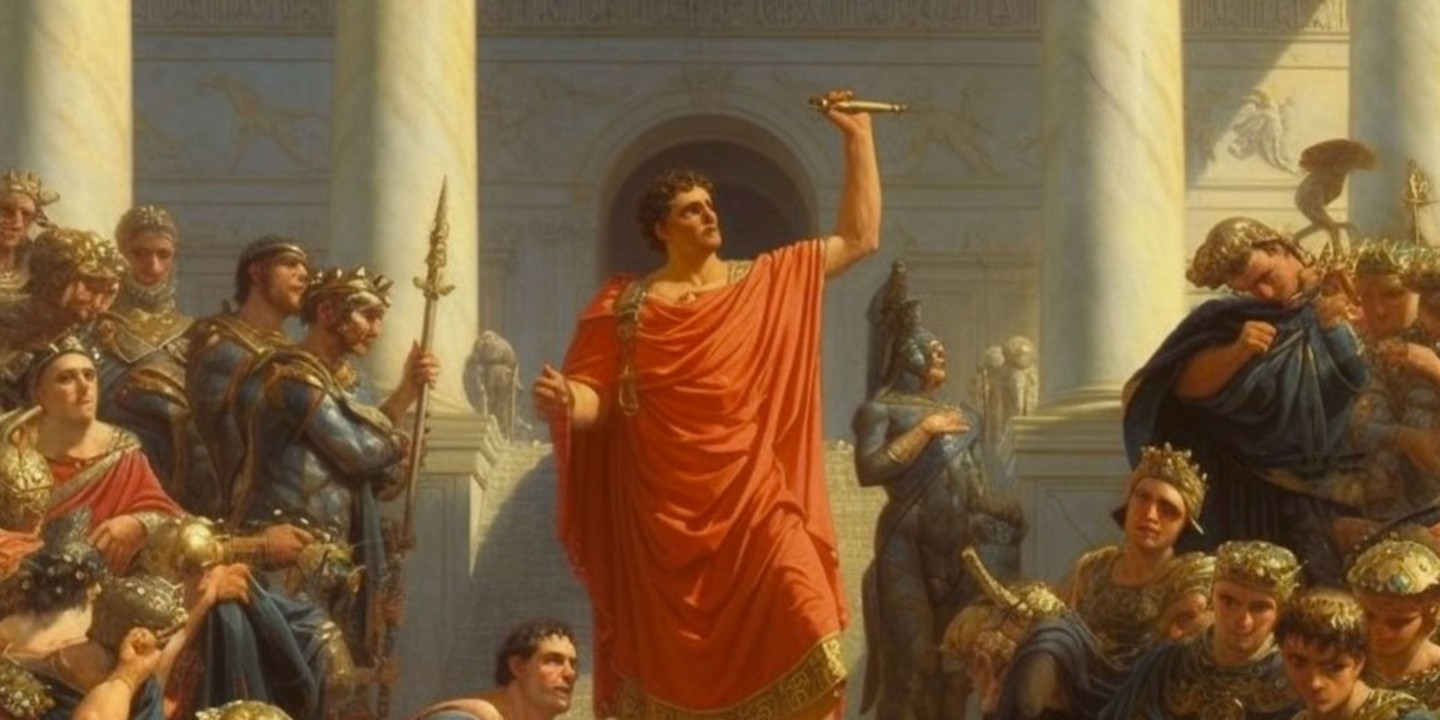20 Most Important Novels in American History Everyone Should Read
The Greatest American Works
If you’re plotting your next read, then consider tackling some of the greatest literary works in American history. Celebrated as thoughtful and important pieces, these books cover everything from the human condition to the state of society, and everyone should read them at least once.
 Look Magazine, Photographer (NARA record: 1106476) on Wikimedia
Look Magazine, Photographer (NARA record: 1106476) on Wikimedia
1. The Great Gatsby
Published in 1925 and written by Scott Fitzgerald, this book follows a tale of wealth, love, and illusion. It centers on the romantic obsession between Jay Gatsby and Daisy Buchanan, and draws parallels to the idea of the American dream and materialism.
2. The Catcher in the Rye
This book was written in 1951 by J.D. Salinger and follows a rebellious teenager named Holden Caulfield. The boy comes across as cynical and disenchanted, and decides to venture through New York after being expelled. The story is important as it explores ideas of adolescent alienation in American youth.
3. Lolita
Written in 1955 by Vladimir Nabokov, this work can be a bit difficult for many to read due to the intense subject matter. Despite its controversy, it tackles the challenges posed by manipulation, obsession, and most importantly, unreliable narrators.
4. To Kill a Mockingbird
Written in 1960 by Harper Lee, this novel was considered a landmark work for its portrayal of the Civil Rights era. It showcases a fight for justice after a Black man is wrongly accused, and tells the entire story from the lens of a child named Scout Finch.
 Tingey Injury Law Firm on Unsplash
Tingey Injury Law Firm on Unsplash
5. The Sound and the Fury
Written by William Faulkner in 1929, this Southern Gothic is told through multiple perspectives. It focuses on the decline of a family in Mississippi, and through the narration, it offers a lens into deep psychology through its stream-of-consciousness narration.
6. The Grapes of Wrath
Published in 1939 by John Steinbeck, this story follows the Joad family. Set in the Great Depression, the family migrates to California in search of a better life, and through their journey, the book explores economic inequalities and the struggle of the working class.
7. The Adventures of Huckleberry Finn
Many American children grow up reading this important book, but it’s worth looking into even for adults. It was written in 1885 by Mark Twain and follows a boy named Huck Finn as he escapes from his father and travels down the Mississippi River, all the while dealing with ideas of race and freedom.
8. Catch-22
Written by Joseph Heller in 1961, this is a darkly satirical story that focuses on World War II. It follows a U.S. bomber squadron to explore the absurdness of war and challenge ideas of heroism and authority.
 Jacket design by Paul Bacon Author's photograph by Seymour Linden on Wikimedia
Jacket design by Paul Bacon Author's photograph by Seymour Linden on Wikimedia
9. Invisible Man
Written in 1952 by Ralph Ellison, this story follows an unnamed Black narrator as he ventures through 20th-century America. It offers a lens into identity and race, and plays with the concept of social invisibility.
 United States Information Agency staff photographer on Wikimedia
United States Information Agency staff photographer on Wikimedia
10. The Sun Also Rises
Written in 1926 by Ernest Hemingway, this story follows a group of disillusioned expatriates on their way from Paris to Spain, set against the backdrop of World War I. This work solidified Hemingway’s unique prose style and also defined the idea of a lost generation.
11. On the Road
This book, written by Jack Kerouac in 1957, is semi-autobiographical in nature. It tells the story of a road trip across postwar America, and through this backdrop, tells the story of freedom and rebellion, two ideas that are core to the American landscape.
 Tom Palumbo from New York, NY, USA on Wikimedia
Tom Palumbo from New York, NY, USA on Wikimedia
12. Absalom, Absalom!
Written in 1936 by William Faulkner as well, this novel tells the multi-layered story of Thomas Sutpen. Sutpen is a Southern plantation owner, and through his history, the author explores the haunted history of the South.
 Carl Van Vechten / Adam Cuerden on Wikimedia
Carl Van Vechten / Adam Cuerden on Wikimedia
13. Beloved
Written by Toni Morrison in 1987, this story is set during the Civil War and follows a formerly enslaved woman. Despite achieving freedom, she remains haunted by her past, as the story offers a view into the psychological scars left by an era of abuse.
14. The Old Man and the Sea
Also written by Ernest Hemingway in 1952, this work follows an aging Cuban fisherman. The goal is simple: to reel in a giant marlin. But as the story goes on, we are faced with larger ideas of endurance and dignity.
15. Little Women
Written by Louisa May Alcott in the late 1800s, this story is well known to most. It follows four sisters as they grow up during and after the war, and serves as a coming-of-age story prioritizing female agency and ideas of sisterhood.
 micheile henderson on Unsplash
micheile henderson on Unsplash
16. Their Eyes Were Watching God
Written by Zora Neale Hurston in 1937, this book follows Janie Crawford. Janie recounts ideas of love and independence to the setting of 20th-century Florida, and the work stands out as a pivotal piece of feminist and African American literature.
 Unknown authorUnknown author on Wikimedia
Unknown authorUnknown author on Wikimedia
17. Gone with the Wind
Written in 1936 by Margaret Mitchell, the story was a book before it was a movie. Either way, this cultural phenomenon began by following Scarlett O’Hara’s life during and after the Civil War. However, some can argue that the book offers a romanticized version of the antebellum South.
 New York World-Telegram and the Sun staff photographer: Aumuller, Al, photographer. on Wikimedia
New York World-Telegram and the Sun staff photographer: Aumuller, Al, photographer. on Wikimedia
18. Slaughterhouse-Five
Written in 1969 by Kurt Vonnegut, this book is one of the few sci-fi pieces to make it onto the list. At its core, the book is anti-war, and follows a soldier as he is unstuck in time. Despite the use of sci-fi elements and humor, it offers a critique of war and human suffering.
19. Dune
Written by Frank Herbert in 1965, this story is seeing a cinematic resurgence—and rightfully so. The original work is a science fiction epic that parallels themes of politics, religion, and ecology. It follows a wealthy family as they set up control of a desert planet, but more importantly, the work goes on to influence the sci-fi genre as a whole.
 Wolfgang Hasselmann on Unsplash
Wolfgang Hasselmann on Unsplash
20. Leaves of Grass
Written by Walt Whitman in 1855, this book is a collection of poetry that painstakingly paints the human spirit. The poems celebrate nature, democracy, and self-identity, and the work is considered a foundational piece of American poetry.
KEEP ON READING

The Woman Without A Name
Mary Doefour was the woman without a name. In 1978,…
By Robbie Woods Dec 3, 2024
The 10 Worst Generals In History
Bad Generals come in all shapes and sizes. Some commanders…
By Robbie Woods Dec 3, 2024
10 Historical Villains Who Weren't THAT Bad
Sometimes people end up getting a worse reputation than they…
By Robbie Woods Dec 3, 2024
One Tiny Mistake Exposed A $3 Billion Heist
While still in college, Jimmy Zhong discovered a loophole that…
By Robbie Woods Dec 3, 2024
The Double Life And Disturbing Death of Bob Crane
Bob Crane was the star of Hogan's Heroes from 1965-1971.…
By Robbie Woods Dec 3, 2024
The Most Surprising Facts About North Korea
North Korea may be the most secretive state in the…
By Robbie Woods Dec 3, 2024











